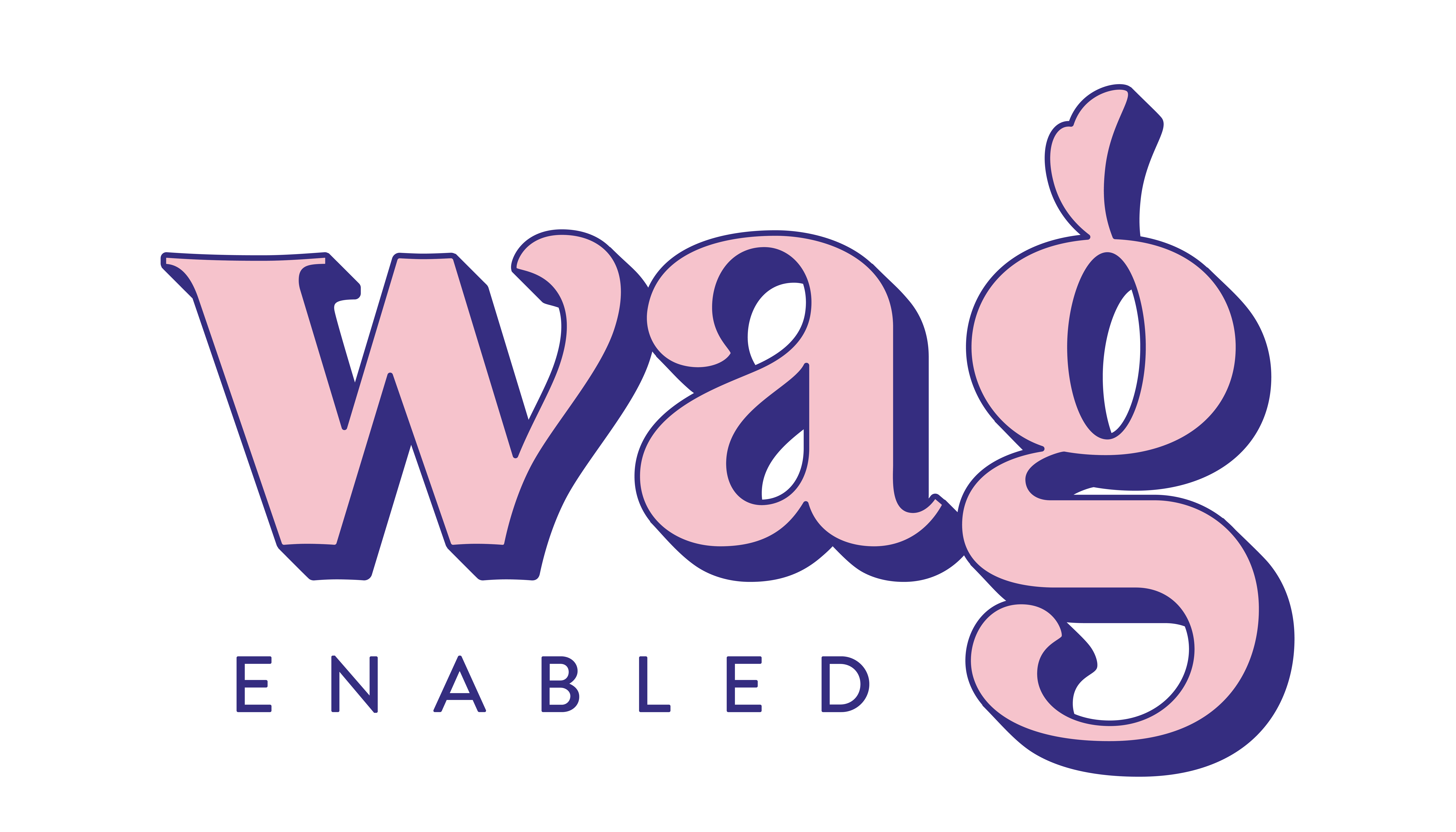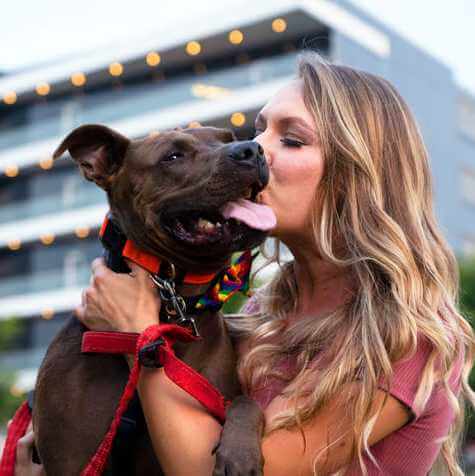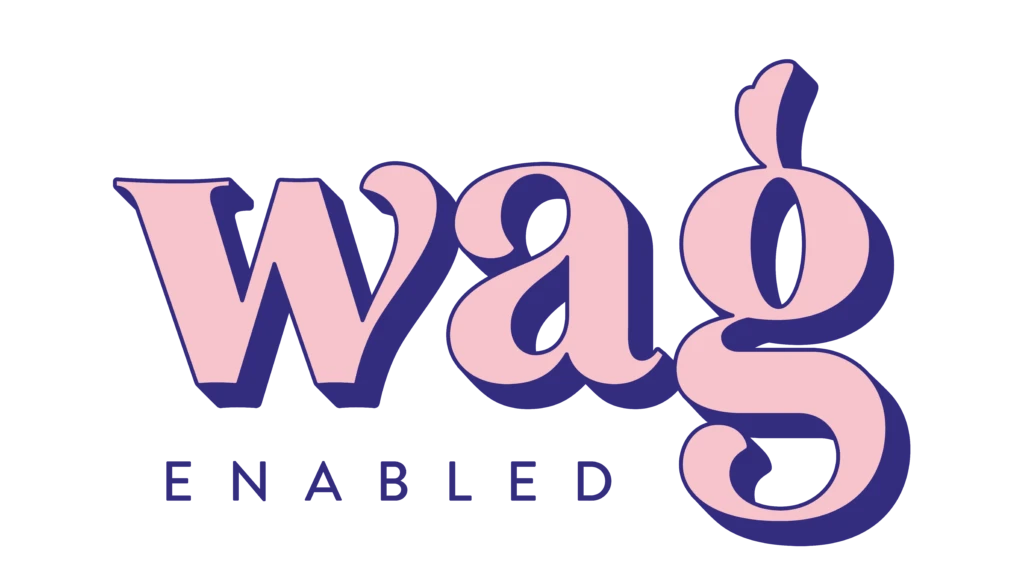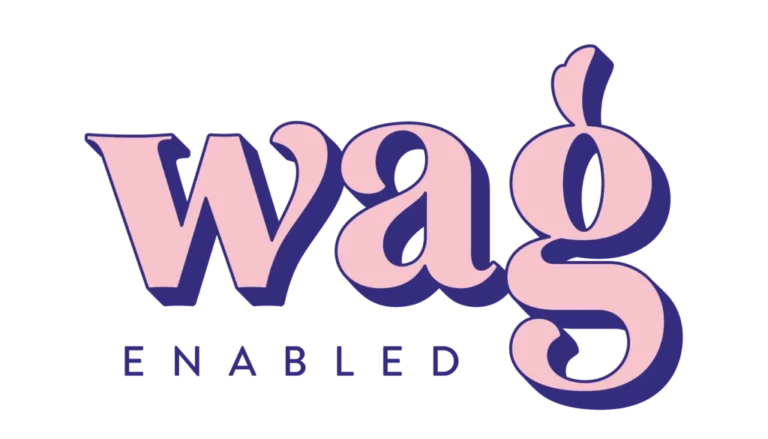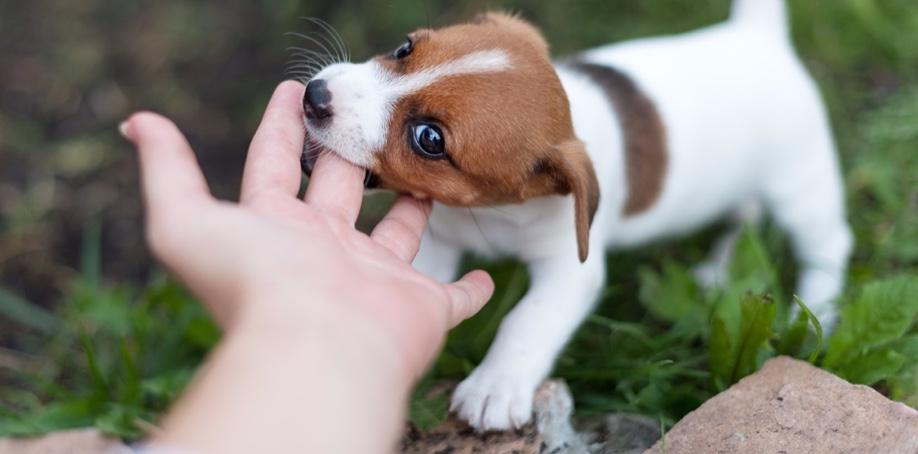
Mouthing is a natural style of play for dogs where a dog puts their teeth and mouth over a person’s skin using little or no pressure. When dogs play you may see them lightly bite each other lightly, release, and continue playing – the act is generally a sign of affection. When humans are involved, however, dogs must exhibit significantly more restraint.
Should I Allow Mouthing When My Dog is Playing?
Mouthing should only be allowed if your dog does not bite down. When you blur the line for dogs between biting and mouthing, you lower the threshold of what they can consider acceptable play. If your dog starts to get a little too excited, play should be stopped immediately to correct the behavior. Young puppies especially are notorious biters and adjusting their habits early in their lives reduces the likelihood of biting as they grow and age. Your dog will inevitably get a little too excited and make a mark on your skin when you two playing.
Mouthing is a natural style of play for dogs where a dog puts their teeth and mouth over a person’s skin using little or no pressure. When dogs play you may see them lightly bite each other lightly, release, and continue playing – the act is generally a sign of affection. When humans are involved, however, dogs must exhibit significantly more restraint.
How to Stop a Dog from Biting or Mouthing on People
If your dog is biting too hard, make a yelping sound (such as “ouch” and stop all play). Do not talk to your dog and do not pull your hand away. Let your hand go limp and simply ignore the dog.
Because mouthing is a style of play for dogs, continued movement from people encourages further mouthing. Even if you react when bitten, your dog may not recognize that they have hurt you. If you let your hand go limp and do nothing, your dog will get bored. They will then associate both the bite and your sound with a limp, unmoving hand. Playtime for them is over.
Once your dog stops mouthing, you may resume play and interactions. The difficulty in this lesson is that the dog must make the connection between biting and stopping play themselves. When they stop biting, feel free to reward or treat your dog (especially if they are still a puppy) if your dog is responsive to treats.
Teaching Your Dog to Take Treats Nicely
If you would like to hand-feed your dog, you need to teach them how to take food nicely from your hand. You want to make sure that they do not take off your fingers or leave marks on your palms when trying to grab a treat. Gently taking a treat does not require a command because this should be an action followed EVERY TIME. Follow these rules when teaching your dog how to be hand-fed.
Cover the treat with your thumb so that your dog cannot get to the treat. This disrupts your dog’s impulsiveness and requires them to think before they are fed.
- If your dog is biting too hand, do not release the treat. You want them to grab the treat gently, and you do not want to reward bad habits. As your dog learns, your hand will get bit or scratched. Anticipate these brief moments of pain and think of them as a sacrifice for teaching your dog how to have a soft mouth.
- Look for your dog to lick your fingers. This is a much more desirable behavior than biting.
- Pull away your hand if your dog jumps or bites at it. Again, you do not want to reward bad behavior.
If you have small children, teach them to throw treats at your dog or give them treats with an open hand. This reduces the risk of your kids getting accidentally nipped by a dog in training.
Conclusion
Remember that mouthing and biting require significant self-control from your dog. Be patient. Young dogs are still learning and will learn to use a soft mouth with enough training and reinforcement.
